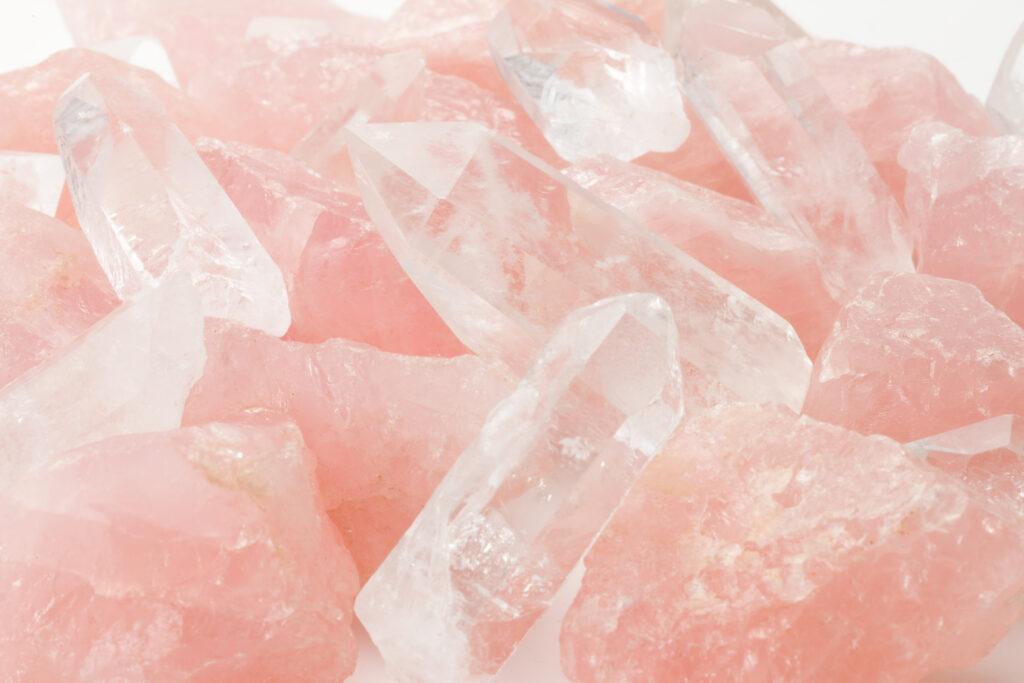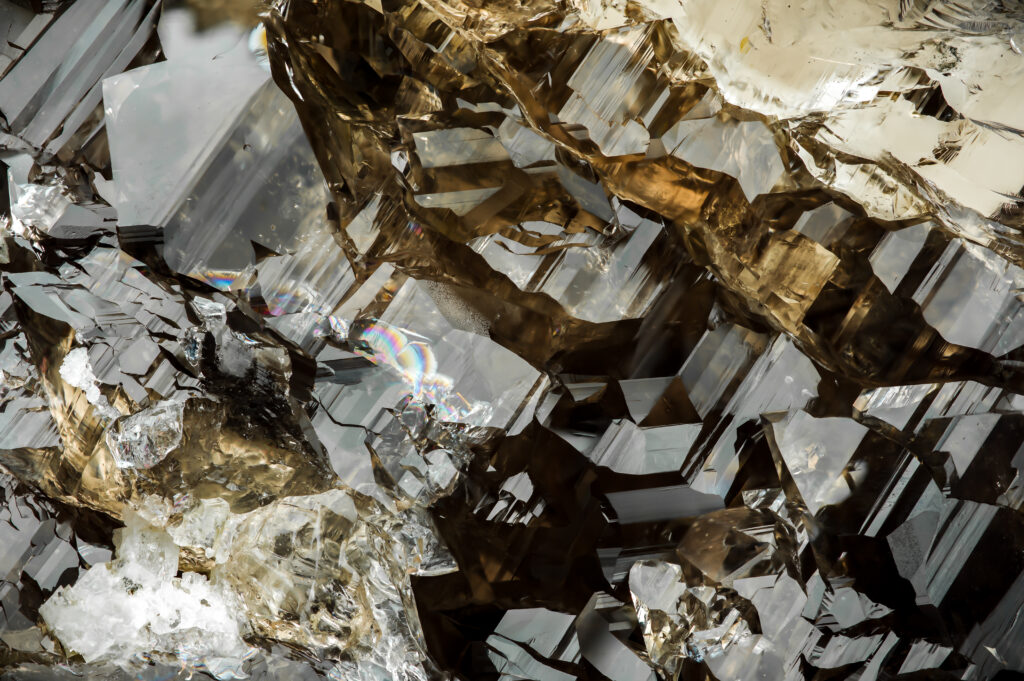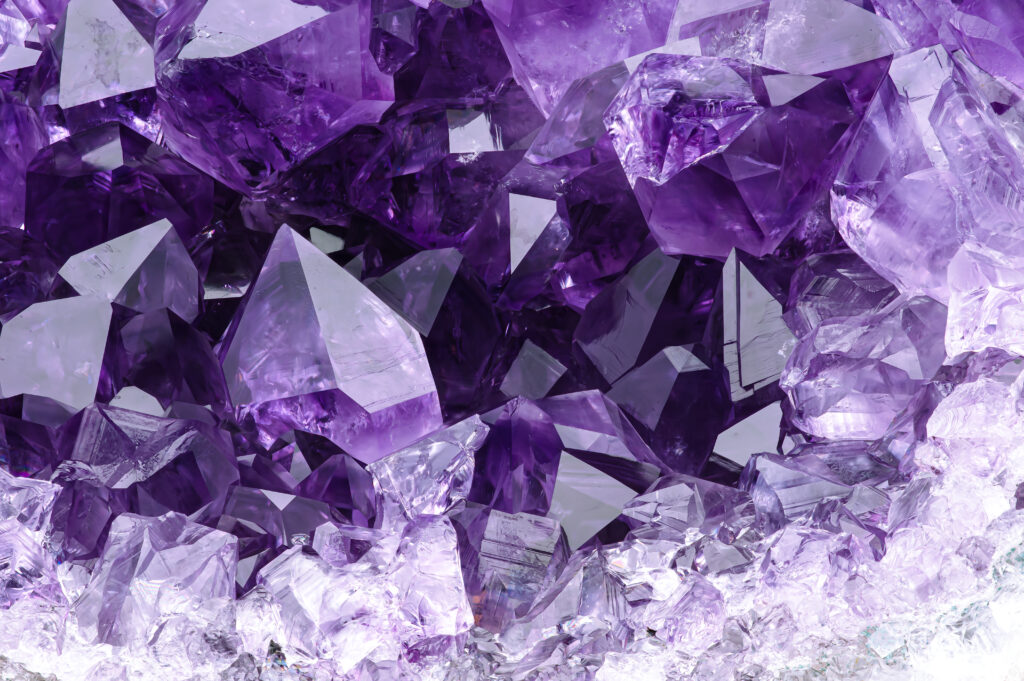Story by Alysha Carusi
Crystals. More specifically, quartz. QuartzQuartz is a widely abundant mineral composed of silicon dioxide (SiO2). It makes up about 12 percent of the land surface and about 20 percent of the Earth's crust!
While the mysteries of the Great Pyramid in Egypt continue to inspire investigation, one fascinating theory comes from engineer Chris Dunn who believes “the pyramid may have been a power plant using the science of piezoelectricity.”
Piezoelectricity, first demonstrated in 1880 by brothers Pierre Curie and Jacques Curie, is a passive and renewable source of energy created when pressure is applied to quartz crystals, which were as present in Ancient Egypt as they are in the lower Fraser River and Salish Sea regions today.
And though Chris’ theory (that chemicals released into the inclined air shafts, combined with energy from the earth, produced a microwave of renewable energy captured and used by ancient Egyptians) is just one of thousands, the fact remains: quartz can produce energy, and its limits are still being tested today.
The Past and Future of Quartz
B.C. archaeologists Duncan McLaren and Brendan Grey have discovered that “as of 2016, there are 93 recorded sites reported to contain quartz crystal objects in British Columbia.”
Quartz crystals have been known to have many uses ranging from metaphysical shamanic ceremonies to ornaments, tools and even exchanged as currency, as with the Nuu-chah-nulth Peoples on what is now known as west Vancouver Island.



And, on what is now known as northern Vancouver Island, quartz crystals were traded from east to west for sea otters, and coppers, and other items of value.
Today, the value of quartz comes from its consistent and impressive effect to ‘squeeze out’ an electrical charge.
Energy Reporter Tom Swallow says, “[when Quartz is squeezed] directly, mechanical stress leads to an electric charge, while inversely, an applied electric field causes the material to generate mechanical vibrations.”
This creates the opportunity for energy harvesting, where energy firms can convert mechanical vibrations into electrical energy to be used in a variety of applications, some you might already be familiar with:
- Pacemakers - there are advancements being made to transition battery-powered pacemakers into piezoelectric pacemakers, where the pressure created from a heart’s beat would also create an electrical charge in the pacemaker, essentially making it partially self-charging. This could potentially extend the replacement time from 10-15 years to 20-25 years, says Babak Nazer, MD.
- Sonar and Ultrasound - Piezoelectric transducers play a crucial role in generating and detecting sound waves in sonar systems and medical ultrasound devices, says Tom Swallow.
- Contact Microphones - Materials like ceramics and rock salt also have the ability to create an electrical charge under pressure. The most commonly available contact microphone element is made of a thin piezoelectric ceramic round glued to a thin brass or alloy metal disc. This center disc is positively charged while the brass disc is negatively charged. The voltage can be measured and then amplified to produce sound.
Piezoelectricity can be created with any amount of pressure—from footsteps to machine grade force—making it an incredibly simple and renewable energy source that emits virtually no emissions!
So, whether or not the Egyptians harnessed it in the ancient past, piezoelectricity may illuminate our renewable energy future.
Curious for more science behind the energy of climate change?
Explore solutions for regenerating our planet on Change Reaction.
